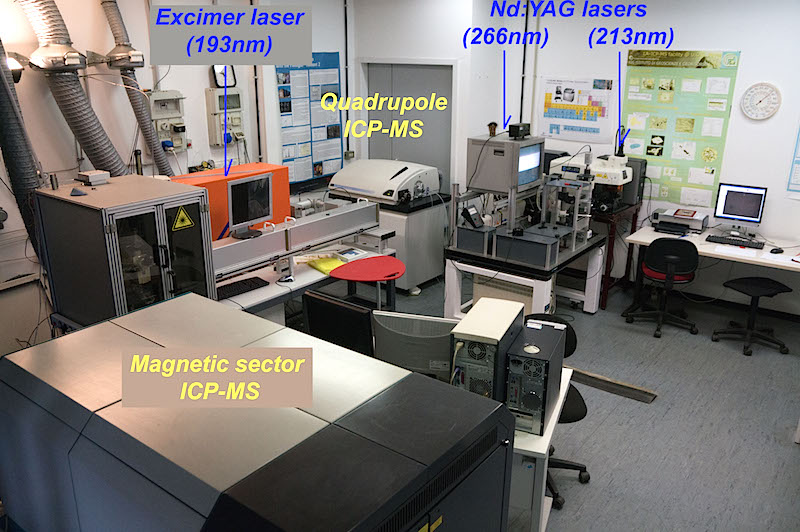Mass Spectrometry LA-ICP Laboratory
- Home
- Instruments and Personnel
- Methods and Applications
- Projects and Scientific Interests
- Publications

The LA-ICP-MS is an in-situ technique allowing the detection of several elements (from Li to U) present as trace or minor elements within silicates, carbonates, phosphates and oxides. This technique results very useful in different application areas, such as:
- Geology & Planetary Geology (minerals, glasses).
- Environmental and Health Sciences (shells, otoliths, teeth, bones, wood).
- Archeometry (glass, potteries, obsidians, coins).
- Industrial materials (glasses, ceramics).
The LA-ICP-MS technique is largely used for U-Th-Pb in situ dating of minerals such as zircon, monazite, titanite, baddeleyte and rutile. The dating can be performed directly on rock thin-sections allowing to directly link the isotopic data with the textural site.
INSTRUMENTS
The LA-ICP-MS laboratory of Pavia is equipped with
- three mass spectrometers:
- a double focusing high resolution magnetic sector field (Element I, ThermoFinnigan)
- a triplo-quadrupole (QQQ 8900, Agilent)
- a quadrupole (DRCe from Perkin-Elmer)
- three laser probes:
- two ND:YAG lasers with emitting wavelength of 266nm (Brilliant, Quantel) and 213nm (New Wave Research)
- one ArF excimer laser at 193nm (Geolas102, Microlas).
The LA-ICP-MS laboratory of Pavia is also equiped with a Scanning Electron Microscope (SEM) Philips 515 with a CL detector (300-650nm) for the acquisition of CL images of zircon grains as separate in mounts (1inch, polished and with a thickness of 0.7cm) and/or in thin section.
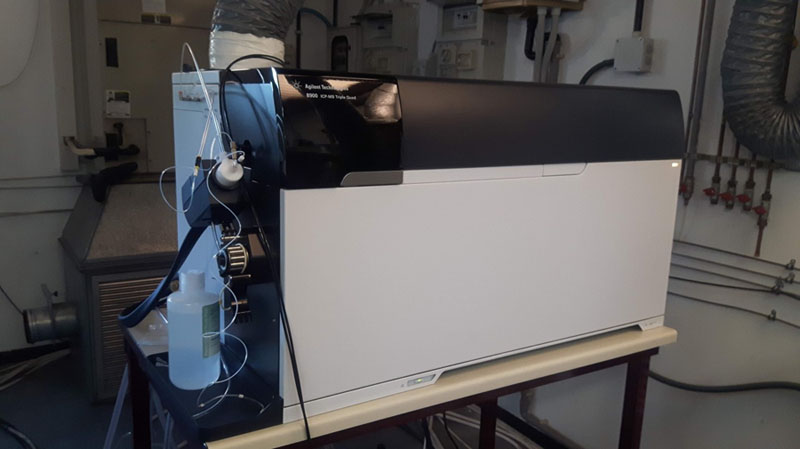

METHODS AND APPLICATIONS
The LA-ICP-MS laboratory of Pavia is designed for many applications in Earth and Biological sciences; the facilities allow to perform isotopic and elemental analyses of solid matrixes.
U-Th-Pb multi-phase geochronometry of accessory minerals are performed on a routine basis for formation ages of magmatic and metamorphic rocks, structural and tectonic framework studies and detrital accessory minerals provenance analysis. U-(Th-)Pb analyses of ZIRCON and MONAZITE are performed routinely but the lab team can support you doing U-Th-Pb dating of other mineral phases such as Baddeleyte, Titanite and Rutile.
Determination of the trace elements (from 7Li to 238U) abundances and ratios on natural and synthetic solid materials are routinely performed at the LA-ICP-MS lab of Pavia. Rock-forming minerals, extra-terrestrial materials, gem stones, carbonate materials (e.g. otoliths, shells) and some synthetic materials, such as glasses and ceramics, are commonly analysed. Trace element (heavy metals) characterization of bones, teeth, and tree rings can be performed in our lab.
LA-ICP-MS analyses can be performed both on thin section and on separates embedded in epoxy resin cylinder (1 or 2 inches diameter). The laser spot size can vary from 5 up to 100mm.
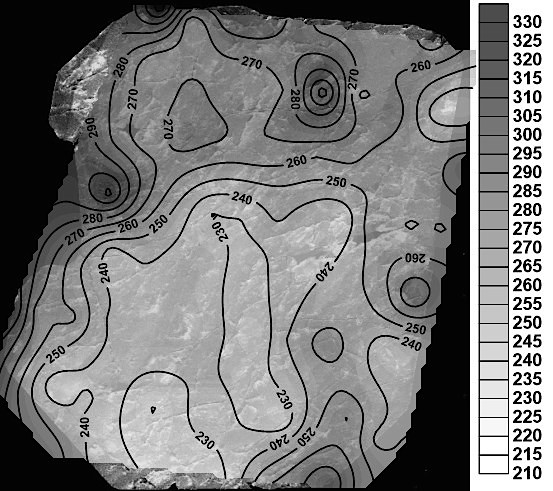
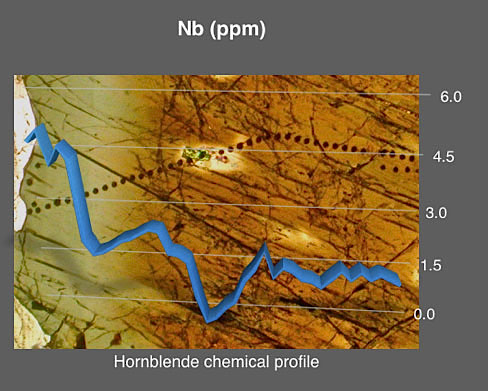
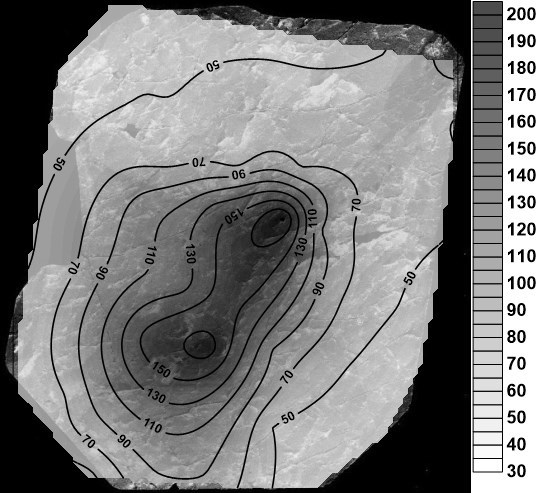
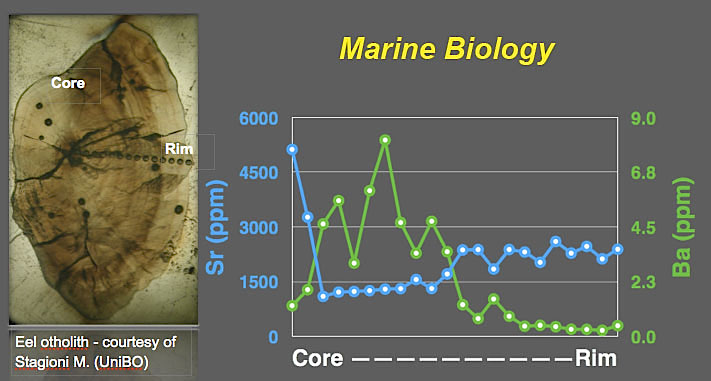
PROJECTS
In the last decade the scientific team of the LA-ICP-MS laboratory of Pavia was involved in several national and international scientific projects funded by: MIUR - PRIN (2005; 2007; 2009; 2015; 2017), PNRA (2010; 2013), bilateral CNR & CONICET (Argentina; 2013-2014), CARIPLO Foundation (2013), MEXT (Japan).
The researchers of the LA-ICP-MS laboratory are also involved in projects dealing with the tectono-magmatic evolution of the Ivrea-Verbano Zone (projects CNR-CNRS & ICDP 2015) and the oceanic lithosphere (IODP).
SCIENTIFIC INTERESTS
- Mantle petrology
- U-Th-Pb geochronology and petrology of basement rocks
- Lower crustal magmatic processes
- Extra-terrestrial materials
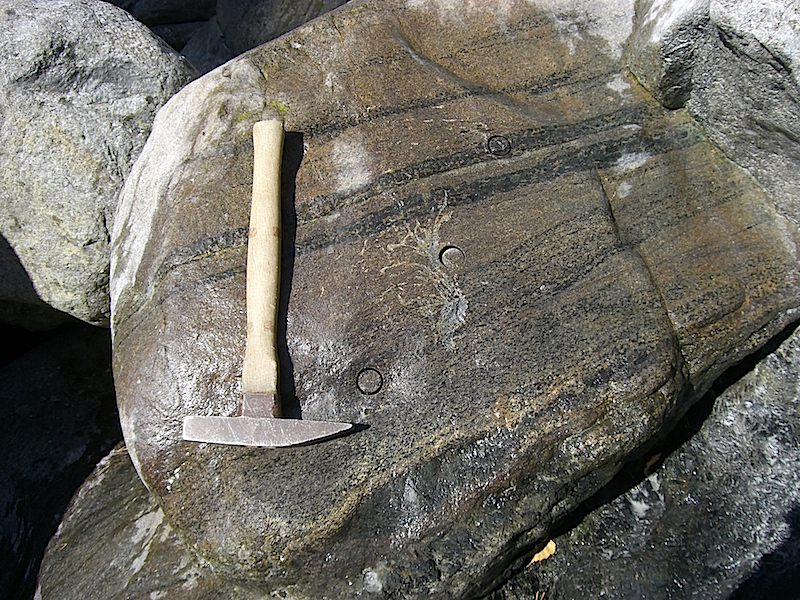
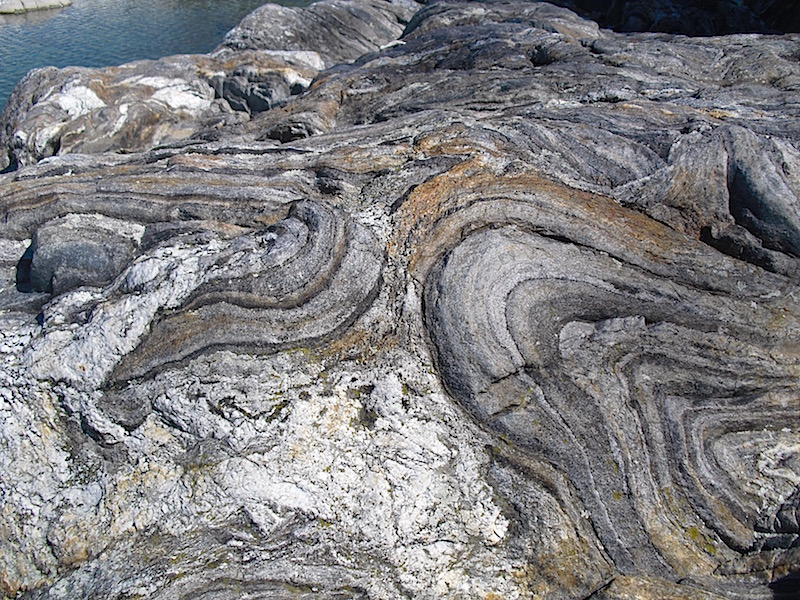
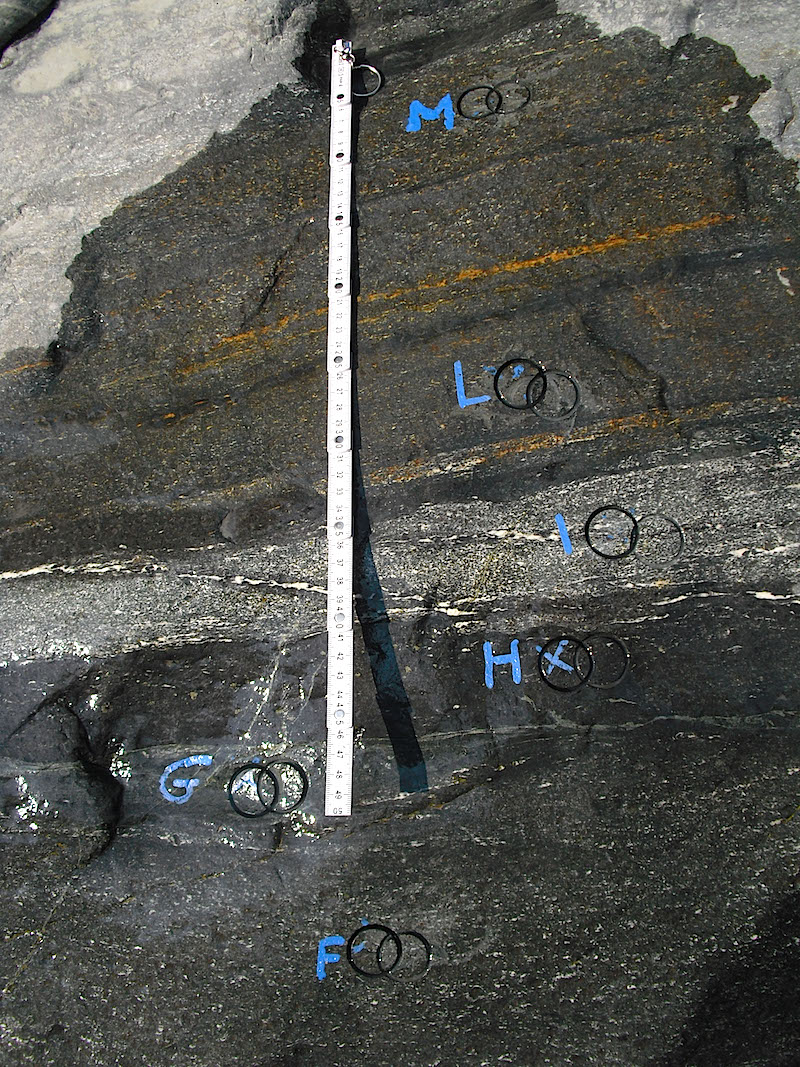
SELECTED PUBBLICATIONS
- Langone A., Zanetti A., Daczko N., Piazolo S., Tiepolo M., Mazzucchelli M. (2017) - Zircon U-Pb dating of a lower crustal shear zone: a case study from the northern sector of the Ivrea-Verbano Zone (Val Cannobina, Italy). Tectonics, DOI: 10.1002/2017TC004638.
- Tommasi A., Langone A., Padrón-Navarta J.A., Zanetti A., Vauchez A. (2017) - Hydrous melts weaken the mantle, crystallization of pargasite and phlogopite does not: Insights from a petrostructural study of the Finero peridotites, southern Alps. Earth and Planetary Science Letters 477, 59-72.
- Langone A., Padrón-Navarta J.A., Ji W.Q., Zanetti A., Mazzucchelli M., Tiepolo M., Giovanardi T., Bonazzi M. (2017) - Ductile–brittle deformation effects on crystal-chemistry and U–Pb ages ofmagmatic and metasomatic zircons from a dyke of the Finero MaficComplex (Ivrea–Verbano Zone, Italian Alps). Lithos, 284-285, 493-511.
- Zanetti A.; Giovanardi T.; Langone A.; Tiepolo M.; Wu F.-Y.; Dallai L.; Mazzucchelli M. (2016) - Origin and age of zircon-bearing chromitite layers from the Finero phlogopite peridotite (Ivrea-Verbano Zone, Western Alps) and geodynamic consequences. Lithos 10.1016/j.lithos.2016.06.015.
- Langone A. & Tiepolo M. (2015) - U-Th-Pb multi-phase approach to the study of crystalline basement : application to the northernmost sector of the Ivrea-Verbano Zone (Alps). Periodico di Mineralogia, 84, 3B, 633-655. http://dx.doi.org/10.2451/2015pm435.
- Zanetti A., Mazzucchelli M., Sinigoi S., Giovanardi T., Peressini G., Fanning M. (2013). SHRIMP U-Pb ZirconTriassic Intrusion Age of the Finero Mafic Complex (Ivrea-Verbano Zone, Western Alps) and its Geodynamic Implications. Journal of Petrology, 54(11), 2225-2265. doi:10.1093/petrology/egt051.
- Tribuzio R., Renna M.R., Dallai L., Zanetti A. (2014). The magmatic–hydrothermal transition in the lower oceanic crust: Clues from the Ligurian ophiolites, Italy. Geochimica et Cosmochimica Acta, 130, 188–211. http://dx.doi.org/10.1016/j.gca.2014.01.010.
- Borghini G., Rampone E., Zanetti A., Class C., Cipriani A., Hofmann A.W., Goldstein S.L. (2013). Meter-scale Nd isotopic heterogeneity in pyroxenite-bearing Ligurian peridotites encompasses global-scale upper mantle variability. Geology, 41, 1055-1058. doi: 10.1130/G34438.1.
- Ziberna L., Nimis P., Zanetti A., Marzoli A. and Sobolev N.V. (2013). Metasomatic Processes in the Central Siberian Cratonic Mantle: Evidence from Garnet Xenocrysts from the Zagadochnaya Kimberlite. Journal of Petrology, 54(11), 2379-2409. doi:10.1093/petrology/egt051.
- Miller C., Zanetti A., Thöni M., Konzett J., Klötzli U. (2012). Mafic and silica-rich glasses in mantle xenoliths from Wau-en-Namus, Libya: Textural and geochemical evidence for peridotite–melt reactions. Lithos, 128, 11-26. doi:10.1016/j.lithos.2011.11.004.
- Guarnieri L., Nakamura E., Piccardo G.B., Sakaguchi C., Shimizu N., Vannucci R., Zanetti A. (2012). Petrology, Trace Element and Sr, Nd, Hf Isotope Geochemistry of the North Lanzo Peridotite Massif (Western Alps, Italy). Journal of Petrology, 53 (11), 2259-2306. doi:10.1093/petrology/egs049.
- Aldanondo N., Cotano U., Tiepolo M., Boyra G., and Irigoien X. (2010). Growth and movement anchovy (Engraulis encrasicolus L.) in the Bay of Biscay based on otolith microstructure and chemistry. Fish. Oceanogr. 19:3, 196–208, 2010.
- Folco L., Rochette P., Perchiazzi N., D’Orazio M., Laurenzi M.A., Tiepolo M (2008). Microtektites from Victoria Land Transantarctic Mountains. Geology, 36; 291–294; doi: 10.1130/G24528A.1.
- Tiepolo M., Bottazzi P., Palenzona M. and Vannucci R. (2003) A laser probe coupled with ICP – double-focusing sector-field mass spectrometer for in situ analysis of geological samples and U-Pb dating of zircon. Can. Mineral. 41, 259-272. http://www.canmin.org/content/41/2/259.full.pdf+html.
